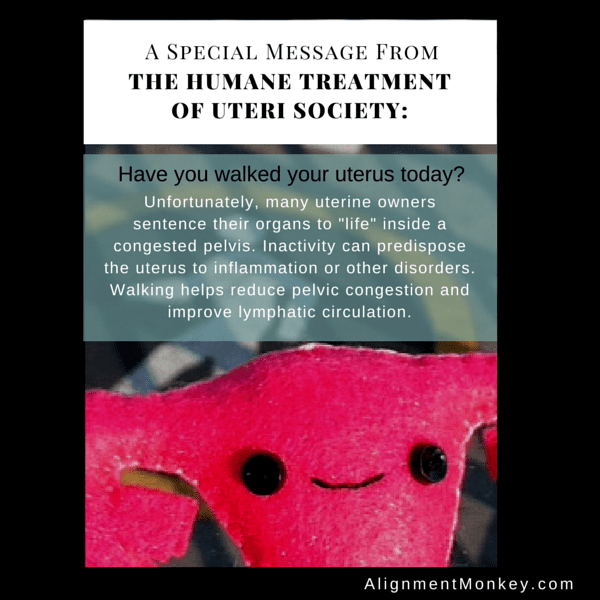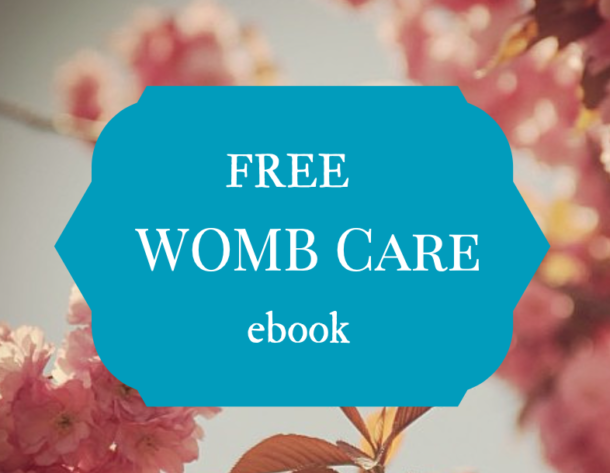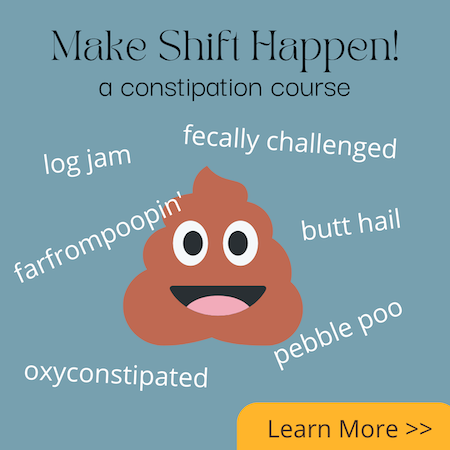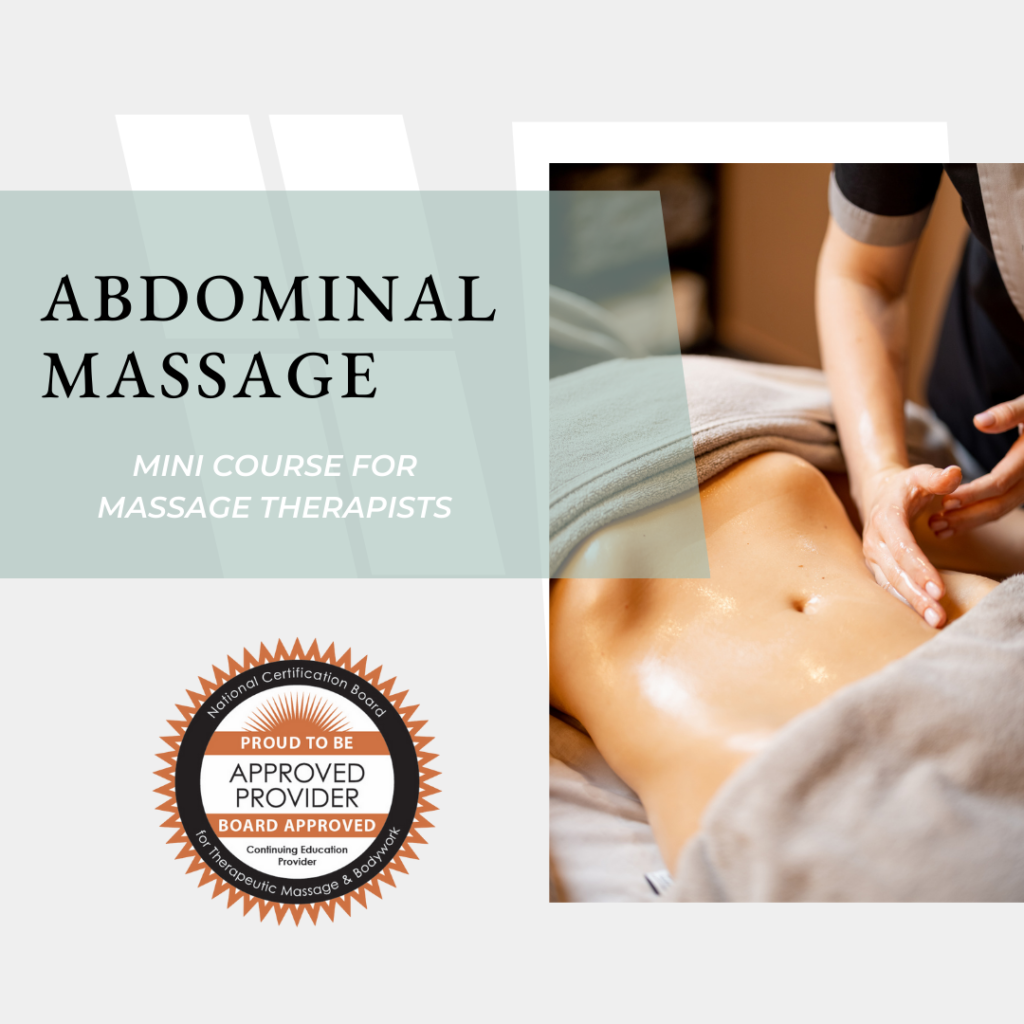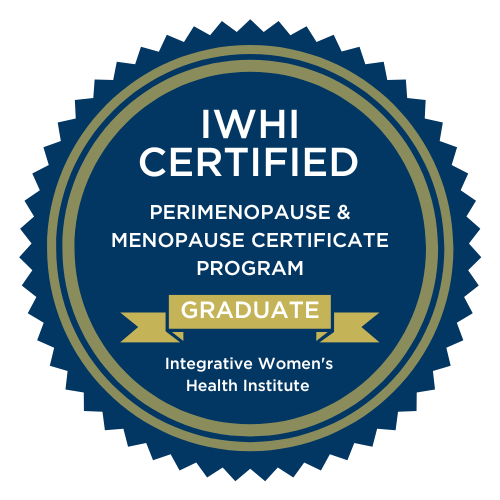The uterus must be mobile for proper physiological function. When the uterus is fixed in one position fibrosis of the ligaments can result and impair local circulation. When circulation is impaired, the cells won’t get proper nutrients (oxygen), and acidity, pain, and cell death may follow. There are 3 main types of movements the uterus exhibits (that I know of). Mobility, motility, and contractions. I’ll briefly cover them below.
Mobility
Ideally, when you inhale you create an elastic load to the pelvic floor and internal organs, and when you exhale there is an attractive force that pulls the organs towards the diaphragm. The attractive force diminishes further away from the diaphragm, but the uterus can still be pulled upward by up to 2cm. MOBILITY is also produced from other external sources that push and pull on the organs like walking, twisting, manual manipulation, and pressures from surrounding tissues. The action can be seen on fluoroscopy and ultrasound imaging.
There are several factors that inhibit this action. For instance, actions that inhibit proper breathing and therefore, alter organ mobility:
- holding tension in your belly by “sucking the stomach in”. Find out where your organs go when you suck in HERE.
- bypassing the rib cage expansion by shallow upper chest breathing. See how breathing affects the colon HERE.
- lifting the ribcage to “stand/sit up straight” See an example of rib thrusting HERE.
- Sitting on your sacrum (posteriorly tilted pelvis)
Other things that may cause restrictions in the organs and restrict mobility.
- scar tissue from surgery
- adhesions from inflammation
- adhesions from infection
I wrote an entire article on abdominal adhesions HERE.
I also have a self-care class for working with your abdominal scars.
Tip: Dancing is good for the uterus.
Motility
Uterine motility is defined as an intrinsic movement that is consistent regardless of where a woman is in her cycle. It’s a very subtle movement that can be detected with experienced hands, but is difficult to feel and can easily be confused with restrictions in the surrounding area. It’s something I practice feeling every single day. Sometimes it’s obvious to me and sometimes, not so much. Motility evaluation is a method Osteopathic physicians and practitioners trained in Visceral Manipulation™ use to detect restrictions. The theory of why this movement has a particular pattern is that it’s a cellular imprint that follows the migration pattern that took place during embryological development. Each internal organ processes its own pattern based on this theory.

Image of a page from the Barral Institutes guide titled Visceral Mobility and Motility Testing.
Contractions
Contractions help to propel fluids to where they are needed depending on the phase of the menstrual cycle. Check out this fascinating video on uterine contractions. It’s not as exciting as the Dancing Uteri video, but it’s still pretty cool.
What Does the Uterus Do All Day Long? from Michael Hughey, MD on Vimeo.
So what is one to do?
If you are experiencing reproductive issues you may want to see a practitioner who specializes in Visceral Manipulation™. Make sure you see someone who has completed VM 3 (the pelvic organs). If in the Ludington, Michigan area, come to visit me. Or, find a practitioner in your area by visiting the Barral Institute’s website. Visceral Manipulation™ is more specific to mobility and motility. I also offer an online class in Womb Care where I teach you self-abdominal massage and other Womb Care techniques.
Registration Now Open!
